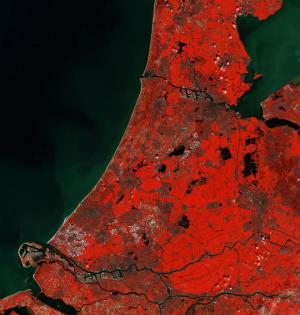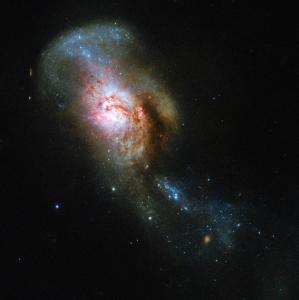Science
Scientists Observe Year-long Plateaus in Decline of Type Ia Supernova Light Curves
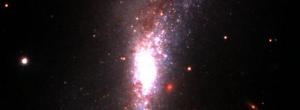
Scientists Observe Year-long Plateaus in Decline of Type Ia Supernova Light Curves
- Read more
- 337 reads
Was Venus once warm and wet? New study of Lava flow suggests not

Magellan Radar mosaic of Venus; the Ovda Fluctus lava flow at the arrow’s point.
- Read more
- 300 reads
Successful Ocean-Monitoring Satellite Mission Ends
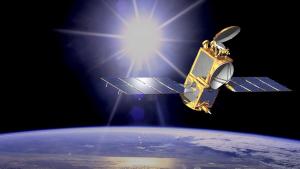
The Jason-2/OSTM satellite provided insights into ocean currents and sea level rise with tangible benefits to marine forecasting, meteorology and understanding of climate change. These observations are being continued by its successor, Jason-3.
- Read more
- 261 reads
A Cosmic Pretzel
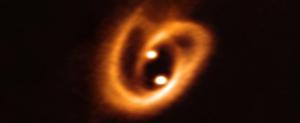
A Cosmic Pretzel.
- Read more
- 290 reads
NASA Selects 25 Promising Space Technologies for Commercial Flight Tests
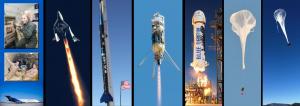
NASA Selects 25 Promising Space Technologies for Commercial Flight Tests
- Read more
- 277 reads
This is how a “fuzzy” universe may have looked
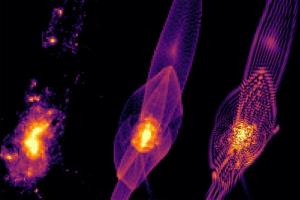
A simulation of early galaxy formation under three dark matter scenarios. In a universe filled with cold dark matter, early galaxies would first form in bright halos (far left). If dark matter is instead warm, galaxies would form first in long, tail-like filaments (center). Fuzzy dark matter would produce similar filaments, though striated (far right), like the strings of a harp.
- Read more
- 283 reads
NASA and Uber Test System for Future Urban Air Transport

NASA and Uber Test System for Future Urban Air Transport
- Read more
- 278 reads
New Organic Compounds Found in Enceladus Ice Grains
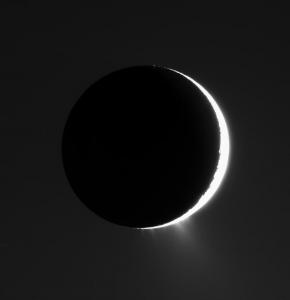
In this image captured by NASA's Cassini spacecraft in 2007, the plumes of Enceladus are clearly visible. The moon is nearly in front of the Sun from Cassini's viewpoint.
- Read more
- 280 reads
Human Rights
Fostering a More Humane World: The 28th Eurasian Economic Summi

Conscience, Hope, and Action: Keys to Global Peace and Sustainability

Ringing FOWPAL’s Peace Bell for the World:Nobel Peace Prize Laureates’ Visions and Actions

Protecting the World’s Cultural Diversity for a Sustainable Future

Puppet Show I International Friendship Day 2020
